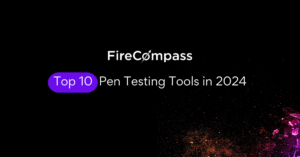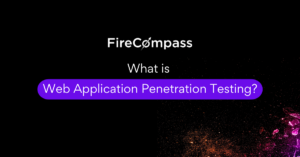
Understanding SNMP Enumeration
SNMP (Simple Network Management Protocol) is a widely used protocol for managing and monitoring network devices. SNMP enumeration is a crucial step in understanding the configuration and health of a network. In this blog post, we’ll explore the fundamentals of SNMP enumeration, and its importance, and provide practical examples to demonstrate the process.
What is SNMP
SNMP stands for Simple Network Management Protocol. It is a widely used protocol in network management systems to monitor and manage network devices, such as routers, switches, servers, printers, and more. SNMP operates on a client-server or agent-manager architecture, where network devices run SNMP agents to provide information, and management systems or software act as managers to retrieve data or send commands.
Here are some key points about SNMP:
Management Information Base (MIB): SNMP uses a hierarchical structure called the Management Information Base (MIB), which is a database containing information about the parameters and variables that can be monitored or controlled on a device.
Agent-Manager Communication: SNMP facilitates communication between agents and managers. Agents collect and store information about the device in the MIB, and managers use SNMP commands like GET, SET, and TRAP to interact with the agents.
SNMP Versions: There are several versions of SNMP, including SNMPv1, SNMPv2c, and SNMPv3. Each version introduces improvements in terms of security and functionality. SNMPv3, for instance, provides features such as authentication and encryption for secure communication.
Community Strings: SNMP uses community strings as a form of authentication and authorization. Community strings act like passwords and control access to SNMP-enabled devices. SNMPv3 introduced more advanced security features, including the use of usernames and encryption. There are two types of community strings in SNMP: read-only, and read-write
Understanding SNMP Enumeration
1. Discover SNMP-enabled Devices
Before diving into SNMP enumeration, it’s essential to identify devices that have SNMP enabled. Utilize network scanning tools such as Nmap to discover IP addresses and determine which devices support SNMP.
Example Nmap command:
nmap -p 161,162 -sU [target_ip_range]
2. Community String Enumeration
As previously stated, you need to know the credentials for version 3 and the community string for versions 1 and 2 and 2c to access the data contained on the MIB.
There are 2 types of community strings:
- Public mainly read-only functions
- Private Read/Write in general
We can use nmap to brute force the community string
Example Nmap command:
nmap -p 161,162 -sU –script=snmp -[target_ip_range]
3. Object Identifier (OID) Enumeration
Explore supported Object Identifiers (OIDs) to understand the types of information available. OIDs uniquely identify managed objects in the SNMP MIB (Management Information Base).
Example: snmpwalk -v [version] -c [community_string] [target_ip] [oid]
SNMP object identifiers are all numbers, so we need a MIBS to be able to read it.
To download-mibs
apt-get install snmp-mibs-downloader
# Finally comment the line saying “mibs :” in /etc/snmp/snmp.conf
sudo nano /etc/snmp/snmp.conf
If you know a valid community string, you can access the data using SNMPWalk or SNMP-Check:
Example : snmp-check -c public <target ip>
4. Retrieve System Information
Gather essential details about the target device, including its name, location, contact information, and system description.
5. Interface Enumeration
Retrieve information about network interfaces, including their status, speed, and traffic statistics.
Conclusion
SNMP enumeration is a powerful technique for gaining insights into network devices, facilitating effective network management. However, it’s crucial to perform these activities responsibly and within legal and ethical boundaries. Unauthorized SNMP enumeration can lead to security vulnerabilities and legal consequences.
By following the steps outlined in this guide, network administrators and security professionals can enhance their understanding of network configurations, troubleshoot issues, and strengthen overall network security. SNMP enumeration, when performed with care and authorization, becomes an invaluable tool in the toolkit of network management and cybersecurity professionals.
Blog
Author: Komma Uma Maheswar reddy
Assisted By: Arnab Chattopadhayay
About FireCompass:
FireCompass is a SaaS platform for Continuous Automated Pen Testing, Red Teaming and External Attack Surface Management (EASM). FireCompass continuously indexes and monitors the deep, dark and surface webs using nation-state grade reconnaissance techniques. The platform automatically discovers an organization’s digital attack surface and launches multi-stage safe attacks, mimicking a real attacker, to help identify breach and attack paths that are otherwise missed out by conventional tools.
Feel free to get in touch with us to get a better view of your attack surface.


